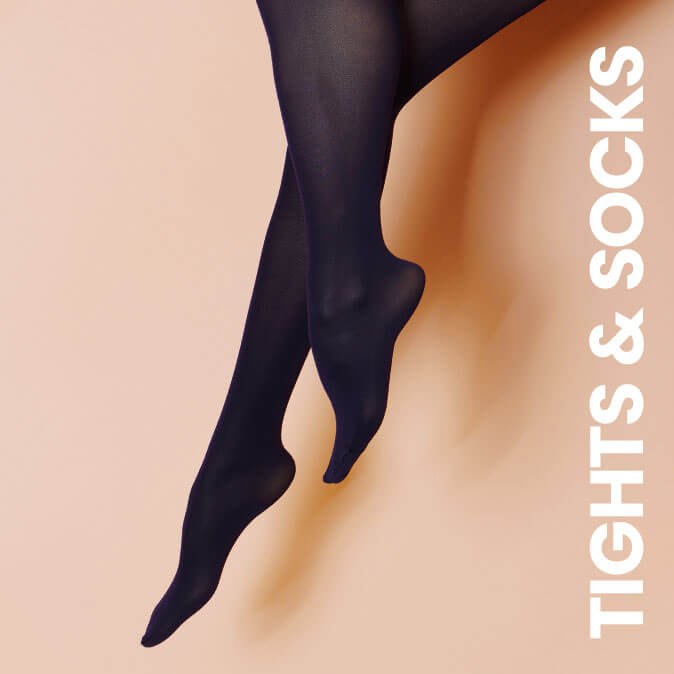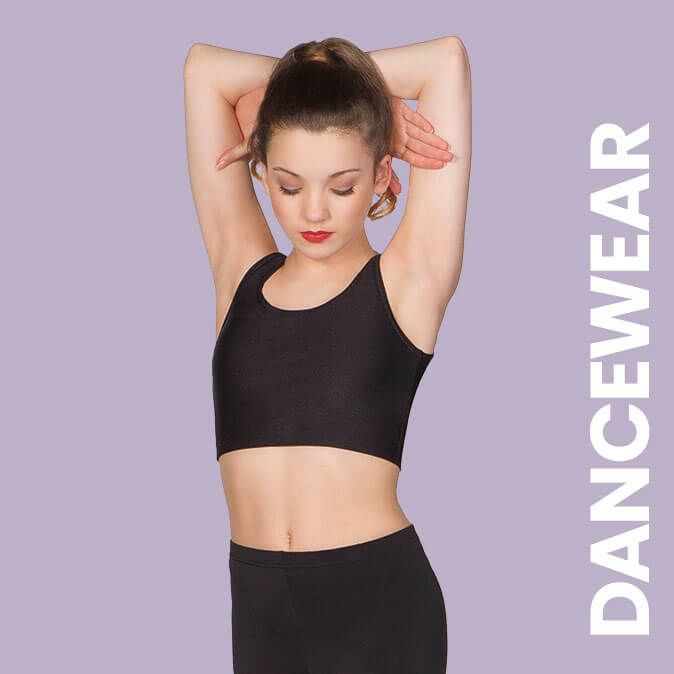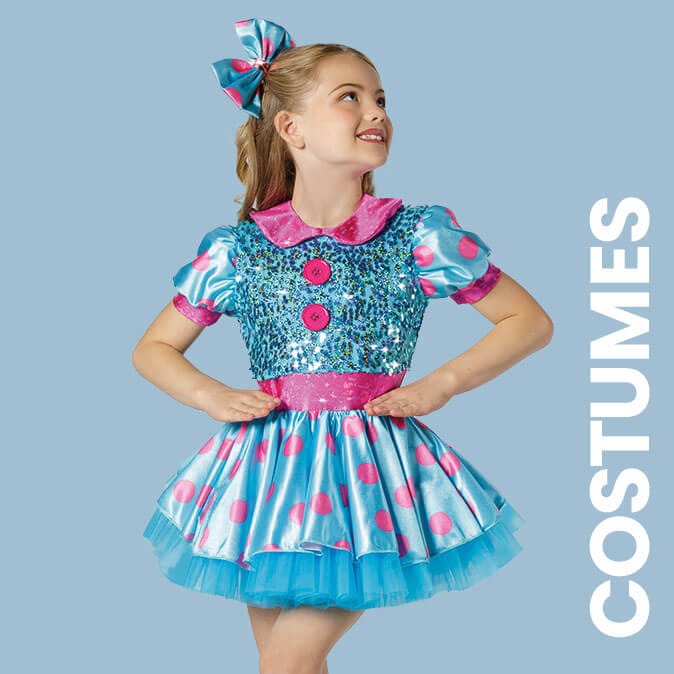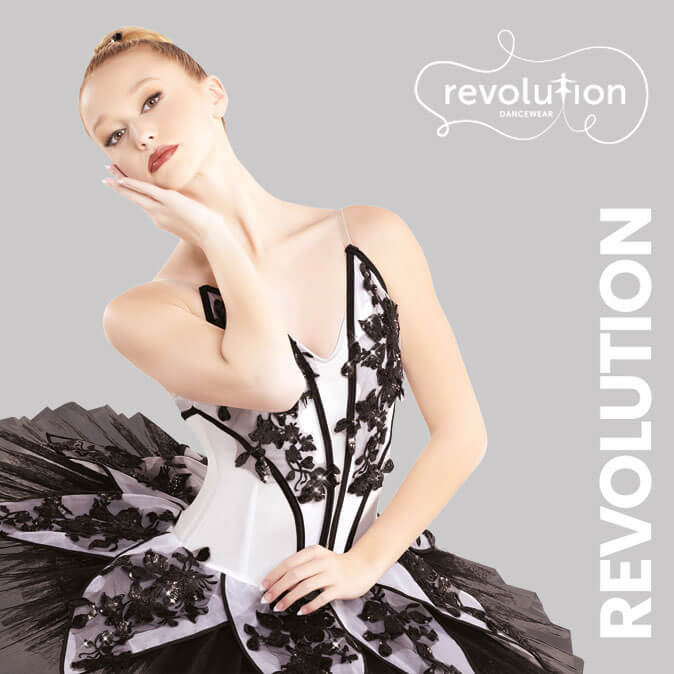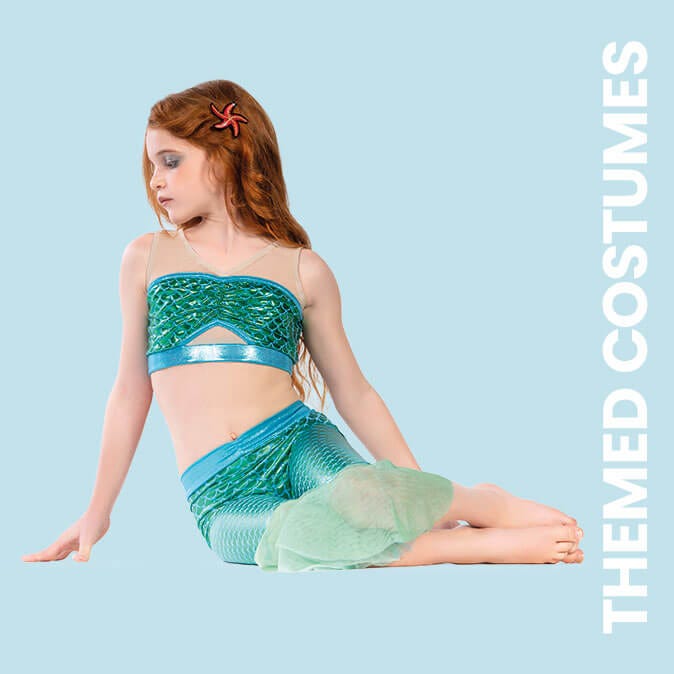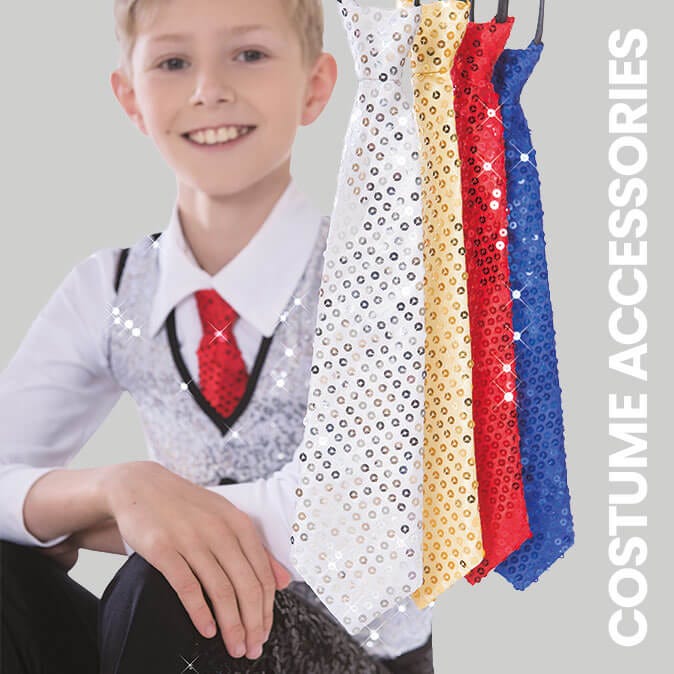Feet Treats


The body is vitally important in dance: for both dancers and dance teachers it is their instrument and must be looked after. Many dancers and teachers are guilty of using their feet to their limit, but often do not look after them sufficiently. Foot care does not need to take hours or cost the earth, just a little care and attention will ensure you are able to dance to the best of your ability.
There are a few common foot injuries in dance, particularly bunions. This is where the big toe tilts towards the second toe, developing a bunion (lump sticking out) at its base. Putting excessive pressure on the area causes pain, and tight footwear can increase this. There are stretches and strengthening exercises for the feet, ankles, knees and hips, or surgery may be required, but there are many products which can help alleviate the problems, such as bunion shields and gel pads. For the more traditional among us, there is also lambs wool and toe tape to help your feet survive pointe work.
Another condition, Hallux rigidus, is characterised by pain and the reduced ability to achieve a 90 degree angle at the joint between the big toe and the rest of the foot when the dancer is on demi-pointe. Forcing demi-pointes causes the joint surfaces to become irritated and bony spurs can develop on the bones. The condition can be aided through Cryotherapy (ice treatment), mobilisation and regular stretches to help in reducing pain and inflammation.
Plantar fasciitis, finally, is pain on the sole of the foot that is often worse in the mornings or after strenuous exercise. It is caused by an irritation and inflammation of the sole of the foot and it is often linked to dancing for long hours on hard floors. Rest, Cryotherapy, anti-inflammatories and manual therapy using a tool such foot rollers are all helpful in reducing the symptoms.
Overall, ensure your feet receive the relevant care they need by spending time looking after them on a daily basis, to ensure they are receiving the best possible care.



